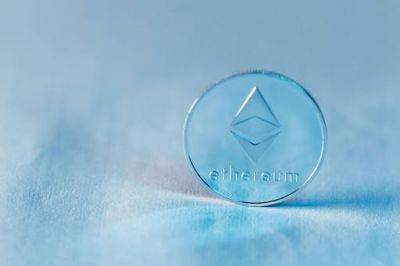Gaming Blockchain Ronin Falls Victim to $9.8M Security Breach
Peckshield revealed a major security breach impacting the Ronin Network in a Tuesday X post, leading to the loss of 3,996 Ether tokens, valued at approximately $9.8 million.
The breach was initially discovered by blockchain security firm Peckshield, that speculated in an August 6 X post that the exploit could be the work of a white hat hacker.
A key distinction exists between white hat hackers and malicious actors: white hat hackers typically return stolen assets after demonstrating the existence of security flaws.
However, in this case, the funds are yet to be returned, leaving the true intentions of the hacker unclear.
This uncertainty extends to the nature of the breach, which many suggest may have been caused by a maximal extractable value (MEV) bot.
Axie/Ronin is a cursed project I swear
-Ronin bridge $600M hack March 2022
-Axie/Ronin co-founder $9.7M hack February 2024
-Now this bridge incident
— ZachXBT (@zachxbt) August 6, 2024
MEV bots are automated tools used by blockchain validators to identify and exploit arbitrage opportunities in decentralized finance (DeFi) protocols.
While these bots are generally used for profit, they can sometimes accidentally exploit vulnerabilities within a protocol.
Further investigation revealed that the MEV bot “0x4ab” executed the $9.8 million transfer via the Ronin bridge.
A small portion of the stolen funds, amounting to 3.9 Ether, was later sent to another wallet associated with the address “0x952” or “beaverbuild.”
This action hints at a possible ethical motive behind the hack, as similar scenarios have seen the return of assets by the responsible party.
Shortly before the Ronin security breach, a similar incident unfolded at Rho Markets in July, where an MEV bot exploited the protocol for





















